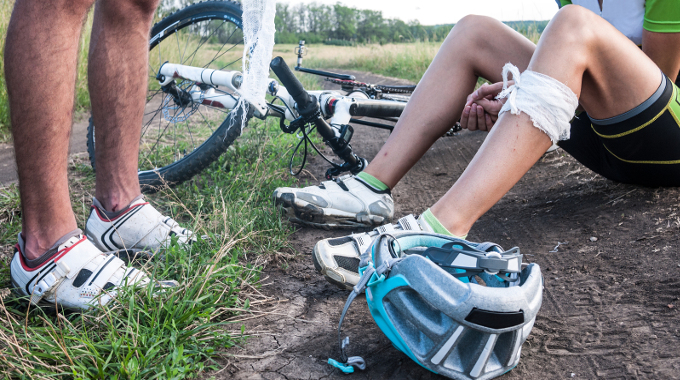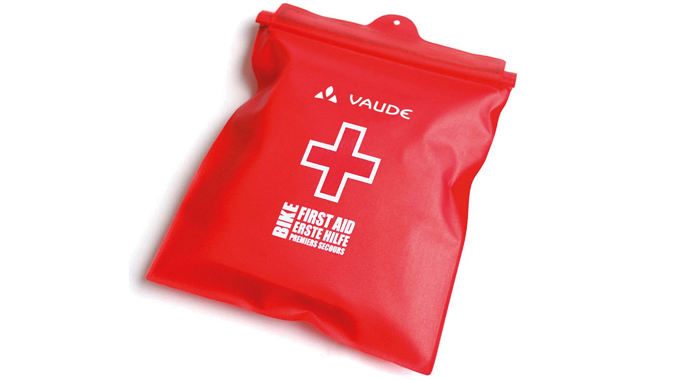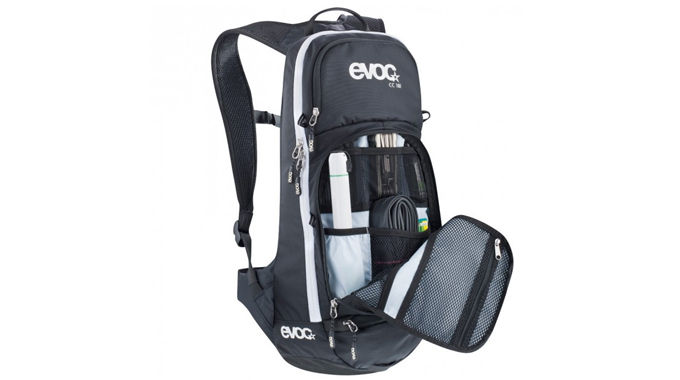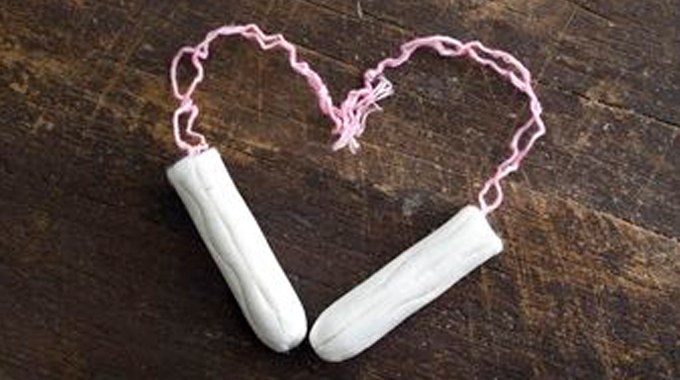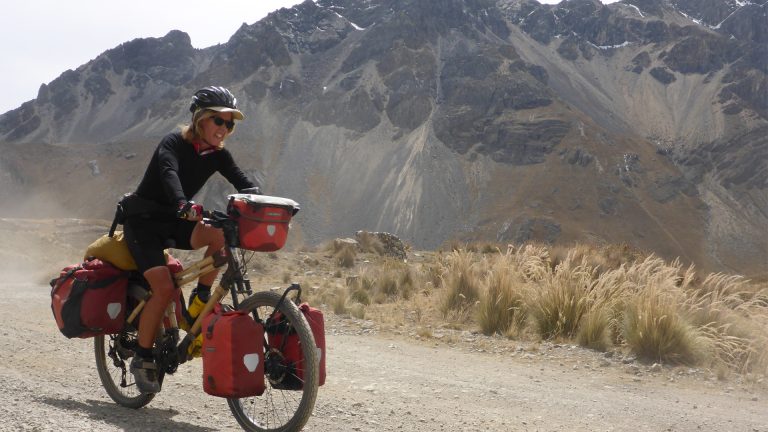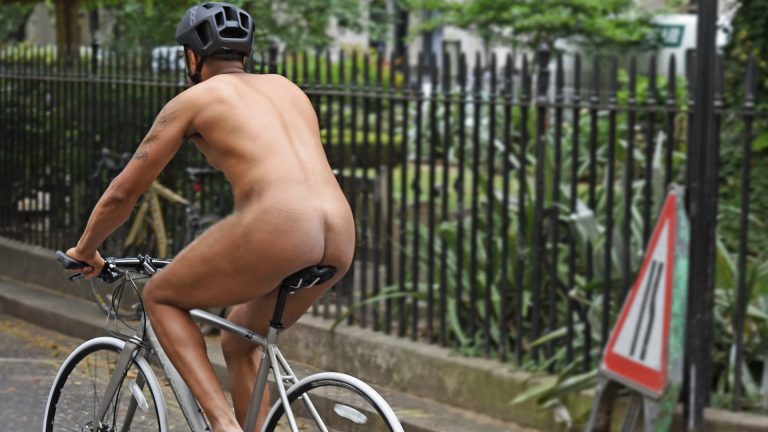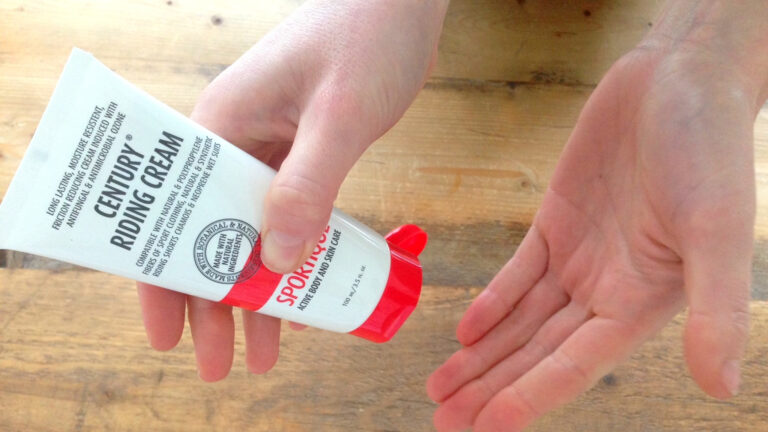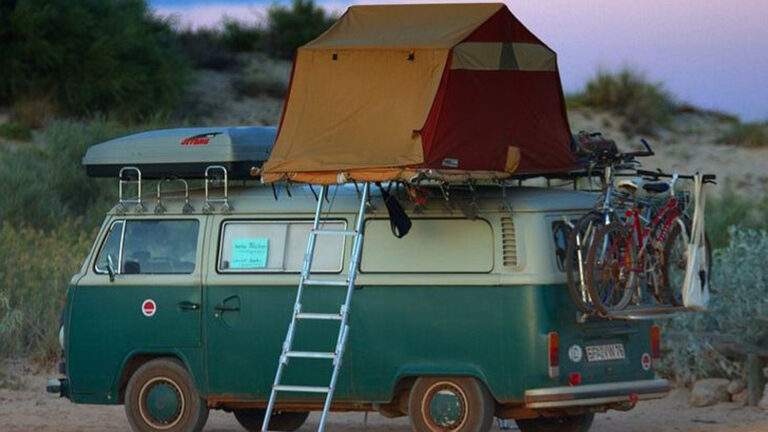When to Carry a First Aid Kit?

Although the idea of having a first aid kit with you is considered practical, is it always necessary for every ride?
No, but yes. If you want to to be prepared for anything, then by all means pack the dry aids away and have that piece of mind. However, it all depends on where you’re riding and for how long. If you’re cycling to work or around the city, then there’s little reason to have a full kit with you. If any accident happens you’re in a populated area for quick assistance, or not far from home to get back to.
For road cyclists, weight additional weight is always a concern: space in your pockets is limited and you don’t want to load up your bike frame. Even though it’s always best to be prepared, in reality we don’t always think this way. As a general rule of thumb, a first aid kit should be taken if you’re cycling long distances through rural areas, or if you’re riding new routes with unfamiliar sections.
However, if you’re riding at a manned trail centre or bike park, you may be able to get away with minimal first aid supplies – as a populated bike park wont have help too far away.For mountain bikers who generally ride with hydration packs, there’s no real reason not to carry the bare essentials of a first aid kit. A zip lock baggy with some plasters, tampons (low volume cotton wool!) and tape that you can roll up and tuck into your bag with minimal effort or weight. It can be argued that a first aid kit is even more necessary for the dirt shredders as you’re more likely to come into contact with rogue branches, loose debris and the floor.
